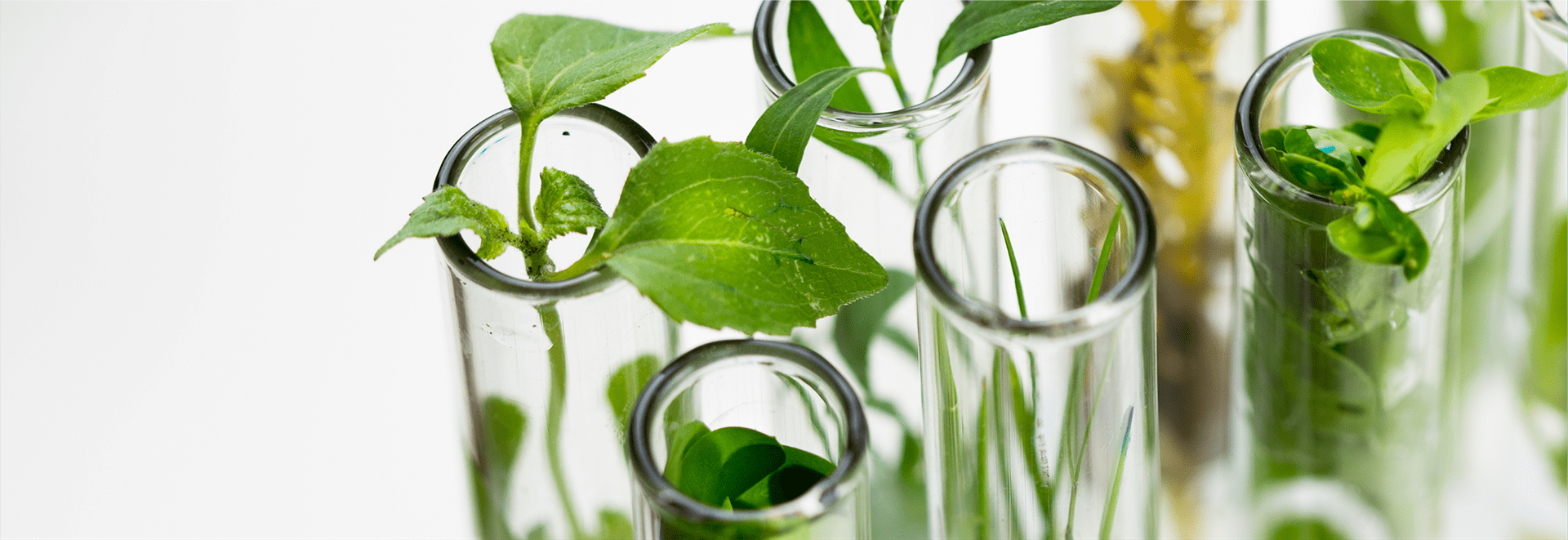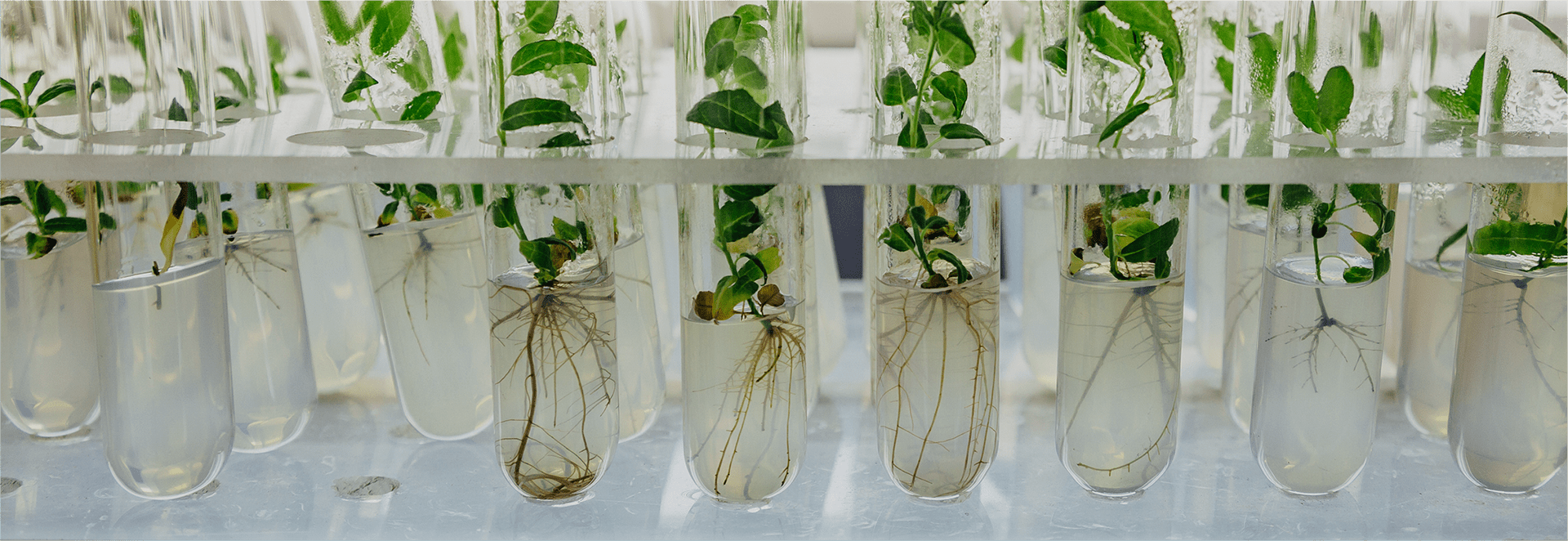- Technologies
-
Solutions
- About IBIS
-
- Service
- R&D Center
-
R&D CENTER
The complete chloroplast genome of Zoysia japonica Steud. isolated in Korea (Poaceae): investigation of potential molecular markers on Z. japonica chloroplast genomes
Plant Biotechnology Reports 15 : 707-715
Bumkyu Lee* & Jongsun Park*Genbank accessions MW690657 |Various cultivars of Zoysia japonica Steud. have been developed as genetically modified organisms for commercial purposes. The chloroplast genome was completed to investigate genetic diversity in Z. japonica isolated in Korea. The chloroplast genome of Z. japonica is 135,884 bp long (GC ratio is 38.4\%) and has four subregions: 81,378 bp of large single copy (36.3\%) and 12,582 bp of small single copy (32.7\%) regions are separated by 20,962 bp of inverted repeat (44.1\%) regions including 130 genes (83 protein-coding genes (PCGs), eight rRNAs, 38 tRNAs, and one pseudogene). 68 SNPs and 24 INDEL regions were identified from the two Z. japonica chloroplast genomes, similar to those of Z. matrella. 12 SNPs located in PCGs can be good candidates for developing molecular markers of Z. japonica. Based on nucleotide diversity analysis, atpB/rbcL, rpl16/rps3, and rpl32/trnL regions exhibited the high nucleotide diversity, which can be used for developing species-specific marker sequences to distinguish their species. Phylogenetic analysis presented that two Z. japonica and Z. sinica were clustered together, indicating that they have been used for developing cultivars of Z. japonica.



